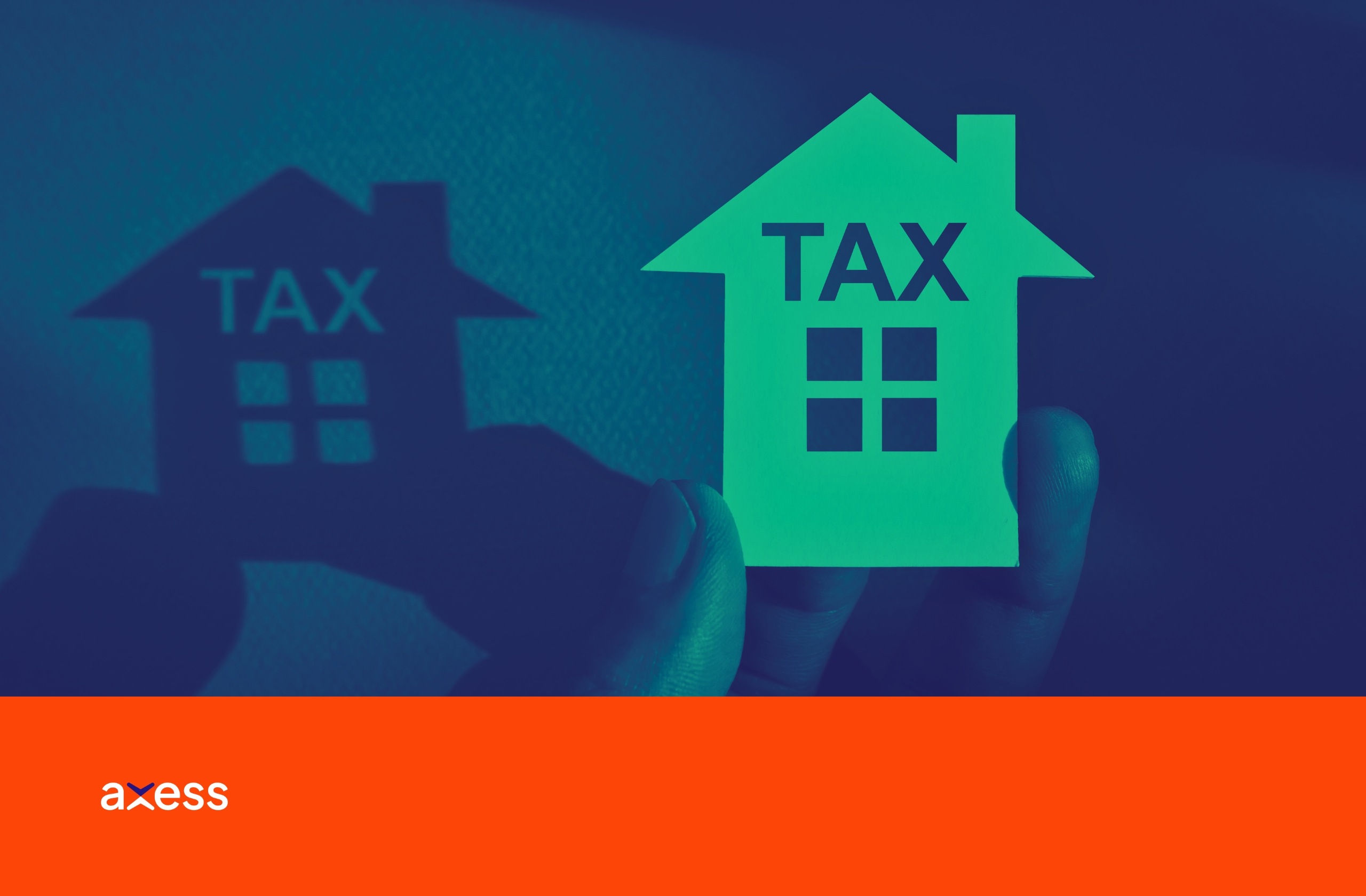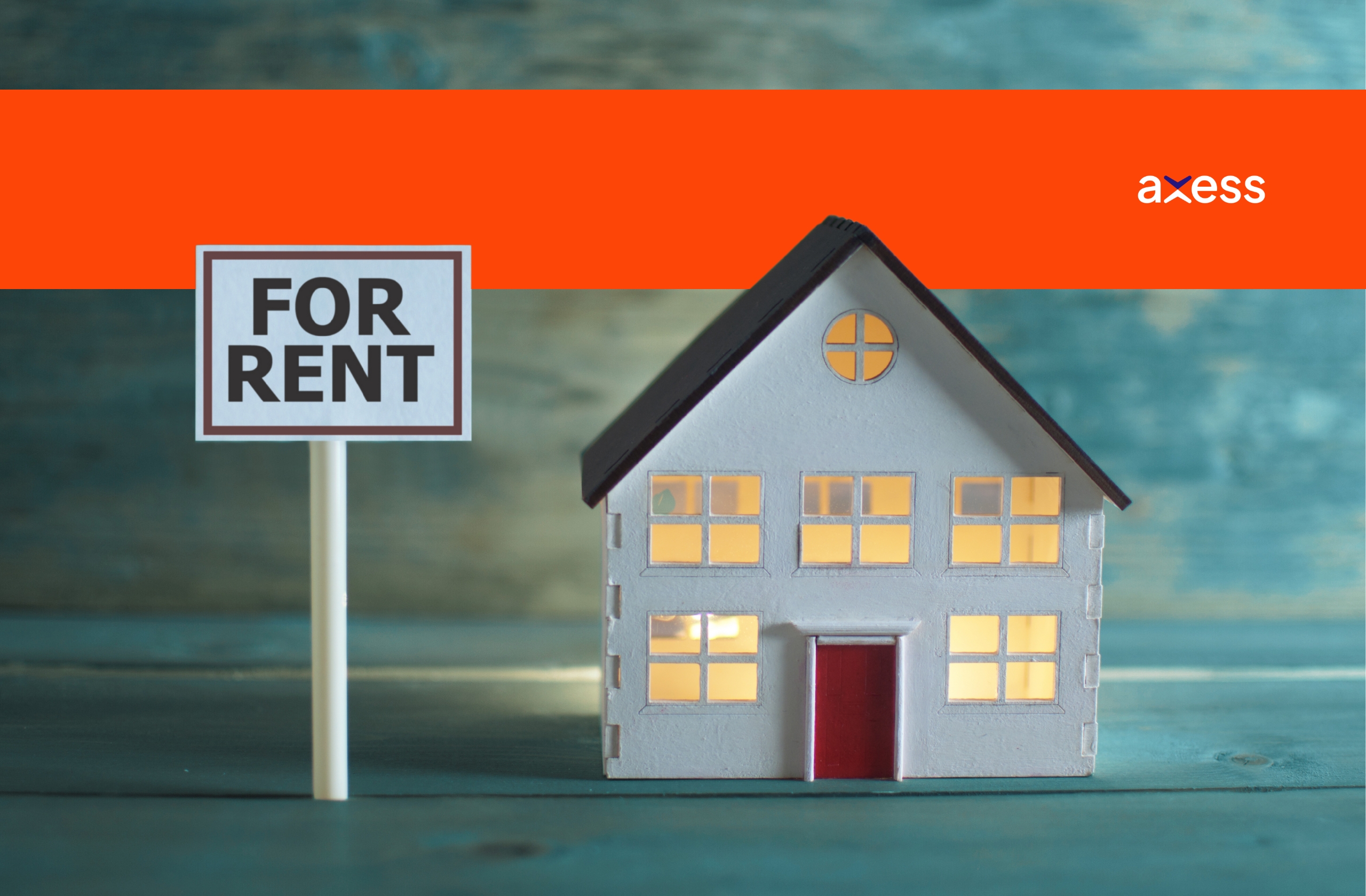The Persistent Housing Affordability Crisis in Canada: What Lies Ahead? Why Homeownership Is Still Out of Reach for Many Canadians
Published on 8 January 2025, 03:31:25 PM

For years, Canada has grappled with a housing affordability crisis that has made homeownership a distant dream for many. Despite hopeful signs of economic recovery and expected interest rate cuts by the Bank of Canada, experts warn that the affordability challenge may persist well into the future. Let’s explore why this crisis endures and what it means for prospective buyers and renters in Canada.
Understanding the Affordability Gap
At the heart of the issue lies the disconnect between rising home prices and Canadians’ purchasing power. According to recent data, the average home price remains out of reach for middle-income families in major metropolitan areas like Toronto and Vancouver. Even as inflation cools and interest rates stabilize, the gap between income growth and home prices continues to widen, leaving many Canadians priced out of the market.
Why Aren’t Interest Rate Cuts Enough?
Interest rate cuts are often seen as a solution to housing affordability woes, as lower rates typically reduce the cost of borrowing. However, this isn’t a silver bullet for Canada’s housing crisis. Several factors limit the impact of rate cuts:
1. High Base Prices: Even with reduced borrowing costs, the base price of homes in cities like Toronto and Vancouver remains prohibitively high.
2. Supply Constraints: Canada’s housing market continues to face a significant supply-demand imbalance, with limited inventory for a growing population.
3. Speculation and Investment: Real estate remains an attractive investment for both domestic and international buyers, driving up prices and reducing availability for first-time homebuyers.
How Long Until Affordability Improves?
Economists suggest that it may take up to a decade for the housing market to become meaningfully affordable for the average Canadian. Addressing this crisis requires a multifaceted approach, including increased housing supply, tax reforms, and financial support in the form of down payment assistance programs and affordable mortgage options. Renters are also feeling the pinch, with rental rates climbing steadily in urban centers. In June 2024, the average asking rent in Canada reached $2,185 per month, a 7% increase from the previous year. For many, this creates a financial squeeze that leaves little room for saving toward homeownership.
Looking Ahead
The road to resolving Canada’s housing affordability crisis is long and complex, but there are reasons for cautious optimism. Collaborative efforts between governments, developers, and financial institutions can create meaningful change, ensuring that housing becomes a realistic and sustainable goal for all Canadians.





